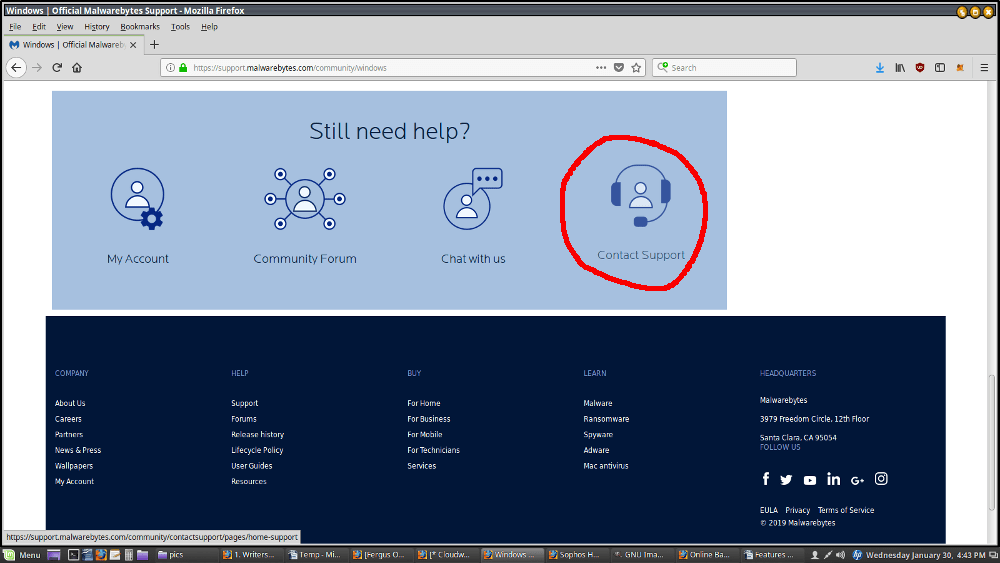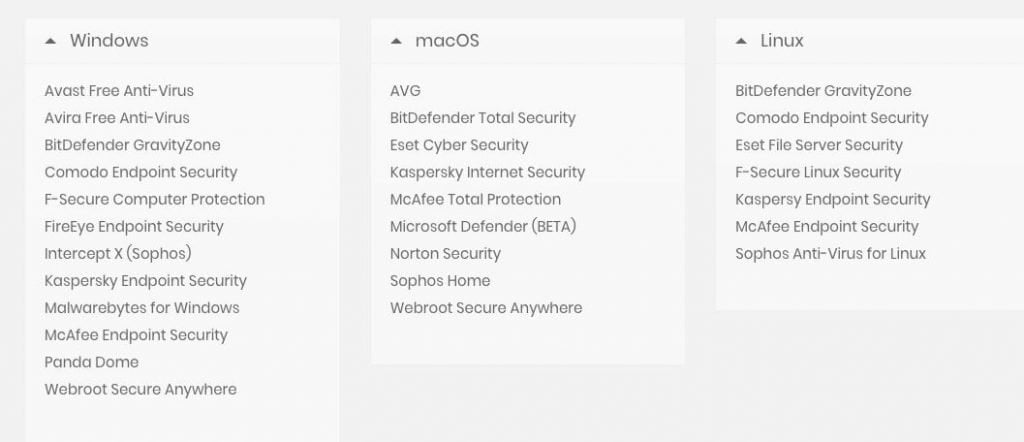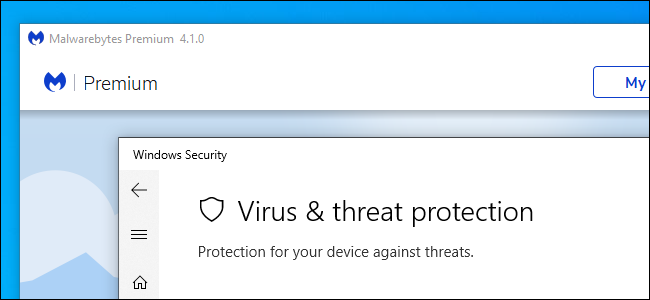

- Malwarebytes linux how to#
- Malwarebytes linux install#
- Malwarebytes linux update#
- Malwarebytes linux driver#
- Malwarebytes linux software#
If you have multiple Microsoft repositories configured on your device, you can be specific about which repository to install the package from.

RHEL and variants (CentOS and Oracle Linux): sudo yum install mdatp
Malwarebytes linux update#
Update the repository metadata: sudo apt-get update
Malwarebytes linux driver#
Install the https driver if it's not already present: sudo apt-get install apt-transport-https Install the Microsoft GPG public key: curl | sudo apt-key add. If gpg is not available, then install gnupg. Install the gpg package if not already installed: sudo apt-get install gpg microsoft.list /etc/apt//microsoft-prod.list microsoft.list /etc/apt//microsoft-.listįor example, if you chose prod channel: sudo mv. Install the repository configuration: sudo mv. In the below command, replace and with the information you've identified: curl -o microsoft.list //.listįor example, if you are running Ubuntu 18.04 and wish to deploy Microsoft Defender for Endpoint on Linux from the prod channel: curl -o microsoft.list Note your distribution and version, and identify the closest entry (by major, then minor) for it under /. Install libplist-utils if it isn't installed yet: sudo apt-get install libplist-utils Install curl if it isn't installed yet: sudo apt-get install curl In the following commands, replace and with the information you've identified: sudo zypper addrepo -c -f -n microsoft- //.repoįor example, if you are running SLES 12 and wish to deploy Microsoft Defender for Endpoint on Linux from the prod channel: sudo zypper addrepo -c -f -n microsoft-prod Note your distribution and version, and identify the closest entry(by major, then minor) for it under. Install the Microsoft GPG public key: sudo rpm -import ĭownload and make usable all the metadata for the currently enabled yum repositories: yum makecache Or if you wish to explore new features on selected devices, you might want to deploy Microsoft Defender for Endpoint on Linux to insiders-fast channel: sudo yum-config-manager -add-repo= In the following commands, replace and with the information you've identified: sudo yum-config-manager -add-repo=/.repoįor example, if you are running CentOS 7 and want to deploy Defender for Endpoint on Linux from the prod channel: sudo yum-config-manager -add-repo=

Use the following table to help guide you in locating the package:įor RHEL/Centos/Oracle 7.2-7.9 & Amazon Linux 2 Note your distribution and version, and identify the closest entry (by major, then minor) for it under. Install yum-utils if it isn't installed yet: sudo yum install yum-utils RHEL and variants (CentOS, Fedora, Oracle Linux and Amazon Linux 2) To switch the product channel: uninstall the existing package, re-configure your device to use the new channel, and follow the steps in this document to install the package from the new location. Switching the channel after the initial installation requires the product to be reinstalled. In order to preview new features and provide early feedback, it is recommended that you configure some devices in your enterprise to use either insiders-fast or insiders-slow. Devices in insiders-fast are the first ones to receive updates and new features, followed later by insiders-slow and lastly by prod. The choice of the channel determines the type and frequency of updates that are offered to your device. Instructions for configuring your device to use one of these repositories are provided below.
Malwarebytes linux software#
Each of these channels corresponds to a Linux software repository. Configure the Linux software repositoryĭefender for Endpoint on Linux can be deployed from one of the following channels (denoted below as ): insiders-fast, insiders-slow, or prod.

Configure the Linux software repository.Deploy Microsoft Defender for Endpoint on Linux manually.A successful deployment requires the completion of all of the following tasks:
Malwarebytes linux how to#
This article describes how to deploy Microsoft Defender for Endpoint on Linux manually. Want to experience Defender for Endpoint? Sign up for a free trial.


 0 kommentar(er)
0 kommentar(er)
